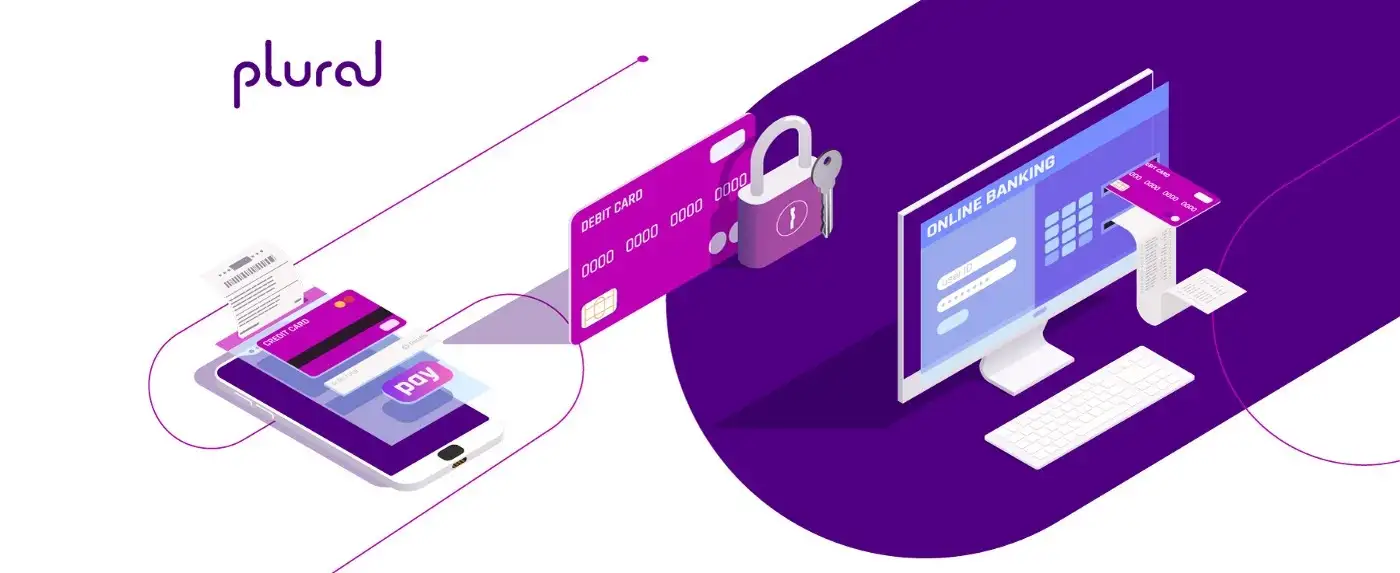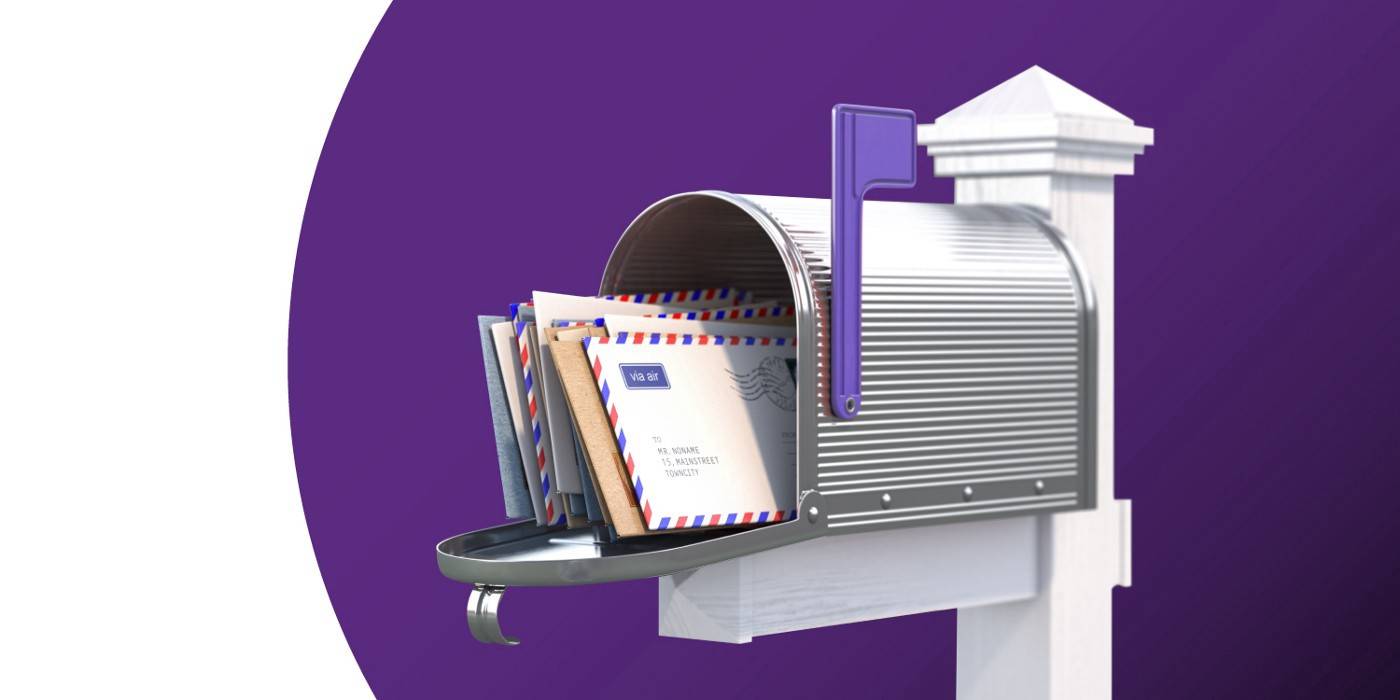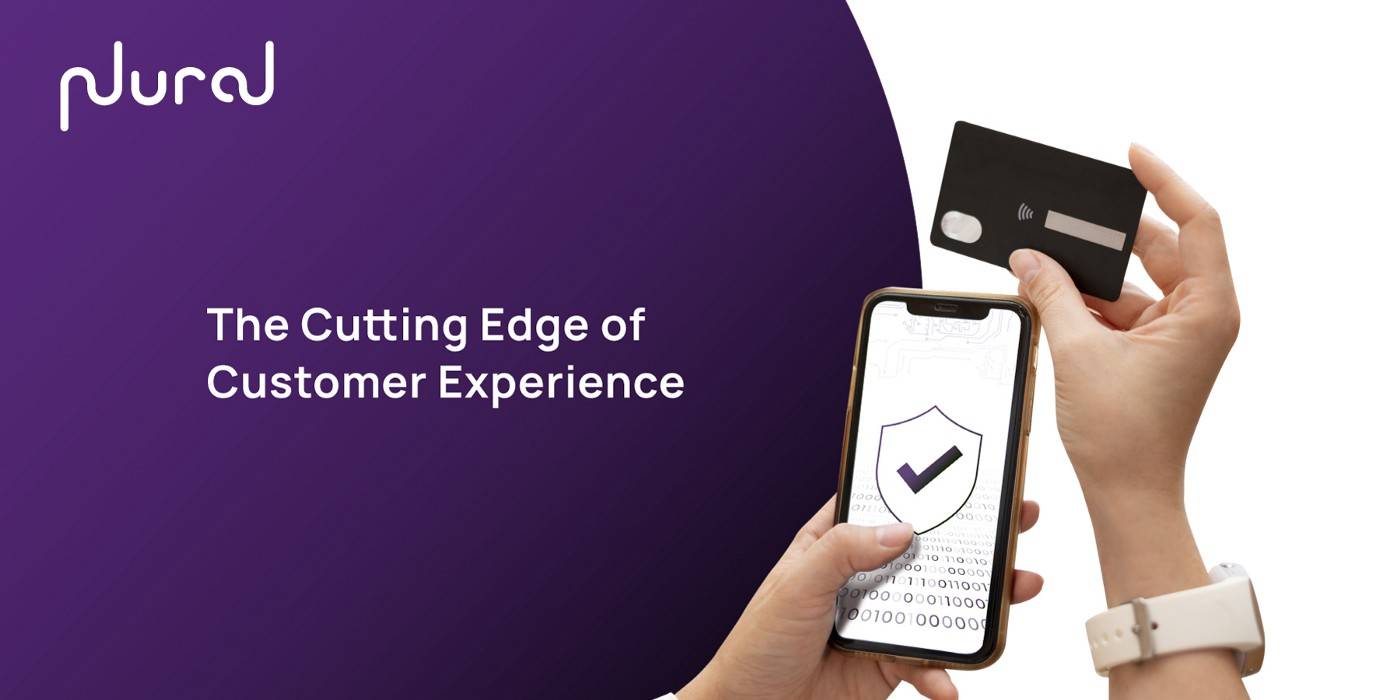Ever since the rise of online payments, there has been a need to secure every transaction while ensuring swiftness of payment. To that end, payment gateways have played crucial roles in offering a fully digital experience to consumers when they shop or conduct financial transactions online.
This boon of technology has been a game-changer for merchants as well, who can now be assured of prompt payment when a customer chooses to pay online (as opposed to the dilly-dallying and delays in realising credit associated with offline methods).
To put things into perspective, the global payments gateway market is expected to increase at a compounded annual growth rate of 22.1% between 2022 and 2030.
Payment gateways are today facilitated by many leading companies in the industry. With that said, not all payment gateways operate globally; in fact, some even have geographical limitations that restrain their utility.
As such, for the brands operating at a multinational scale, it is imperative to deploy multi-payment gateways that can cater to localised audiences as well as facilitate global transactions.
It is here that the concept of a payment gateway for multiple merchant accounts gains traction. Let’s dig deeper into this ecosystem and explore its pros and cons.
What is a Payment Gateway?
Payment Gateways, or PGs for short, are online or digital platforms that allow merchants to accept or reverse payments that consumers complete with them online.
You can consider payment gateways to be analogous to a locked door in the online corridor that leads a financial transaction from a consumer’s bank to the seller’s account.
This locked door needs a key to open the corridor for an online transaction to be successful. The key is called One-Time Password, or OTP for short, which you must already be very familiar with.
Payment gateways, thus, are a secure way of conducting financial transactions online and are predominantly deployed by the e-retail industry. Think Amazon. 78% of the global consumers buy goods from this online marketplace. Its operations are so intricately scattered across geographies that a single payment gateway wouldn’t be able to handle the job.
Amazon, thus, deploys multiple payment gateways that hold good across the geographic locations it services.
Multi-payment gateways open up a plethora of customer satisfaction opportunities for the seller. Quite a few consumers prefer certain payment gateways to others; the absence of their preferred payment option may sway their purchase decision. This may lead to a lost sale for the merchant.
Key Takeaway: Multi-payment gateways enable merchants to cater to a global audience and honour their payment preferences. They are arguably becoming a highly dynamic constant in the equation of customer satisfaction.
How Does a Payment Gateway Work?
Payment gateways are placed at the cusp of checkout when customers have decided to pay for their goods online. Behind the scenes, a lot of cogs and gears click into place:
- The process begins when the customer clicks on the “Pay Now” button (or its equivalent) on the merchant’s website.
- For a website that supports multiple merchant account payment gateways, the customer is then presented with the options available.
- Once the customer selects their preferred gateway, the interface presents a webpage asking for their card details.
- Once the details are filled in, the multi-payment gateway machinery springs into action. The customer is redirected to a secure webpage where the transaction authorisation protocol is initiated.
- The customer then receives a One-Time Password to authenticate the transaction.
- Once authentication is complete, the bank initiates a check on the transaction’s success or failure.
- If the transaction was successful, the bank promptly settles the payment through the gateway.
- The gateway then forwards the payment to the seller’s account.
- The seller and buyer both receive transaction updates through the channel they have opted-in for (like SMS alerts or email).
What are the Pros of Using Multiple Payment Gateways?
Multi-payment gateways come with numerous advantages, both for the seller and the buyer. Here are a few major advantages that directly impact the bottom line:
- Improved customer experience — There is nothing more satisfying than a seamless checkout process. Multiple payment gateways ensure that the customer is able to pay without hassles.
- Boundless expansion — Online payment isn’t a roadblock when considering new geographies to expand into. You can provide a payment gateway for multiple merchant accounts that are local and global.
- Improved conversion — Multiple payment gateways help boost your approval rates. Consumers like to transact with merchants that assure secure payments in the first go.
- Optimised flow — Payment gateways assist with completing transactions with high acceptance rates and minimal declines. They also have tools to let you manage the ecosystem.
- Comprehensiveness — With multiple payment gateways, you get the benefit of catering to the specificities, features, and conditions of your business.
What are the Cons of Using Multiple Payment Gateways?
All coins have two sides to them. Although not significant, there are certain drawbacks associated with using multiple payment gateways:
- The challenge to integrate multiple payment gateways — Each payment gateway you incorporate into your website has its own procedure for integrating with the ERP. This process multiplies with every gateway you add to your website.
- Scattered management — Multi currency payment gateways mean multiple payment partners. In case issues arise, you would be stuck managing troubleshooting with different POCs. This may get overwhelming and cumbersome.
- Maintenance — Paying maintenance fees doesn’t conclude the upkeep of your gateway. There would be periodic upgrades and updates, add-ons and expansions, etc. The terms and conditions differ with each vendor, leaving you with a lot of work to handle.
- Siloed data — While multi-payment gateways would integrate well with your system, they don’t communicate with each other. This leaves you with siloed transaction data in each gateway database which would need individual handling.
- Reconciliation — Reconciliation is already a complicated task. Increasing the number of gateways will just increase the workload here, in addition to raising the likelihood of errors.
Pro Tip: Innovation has enabled drastic improvements in managing a multiple payment gateway setup for merchants. Solutions like Plural now offer full-package, industry-leading payment methods like UPI, eWallets, banks, cards, BNPL, and more. At its core, it delivers the capabilities of multiple gateways combined into one. A good alternative to managing multiple vendors is to deploy Plural.
Wrapping Up
Multiple payment gateways are rapidly becoming a household term now; a world without these technology implements is unthinkable.
The reliance of consumers on these channels of payment and the benefits to the merchants can no longer be cast aside or ignored. The technology of payment gateways is only rapidly improving itself, offering better, faster, and more secure solutions by the day.

Amrita Konaiagari is a Marketing Manager at Plural by Pine Labs and Editor of the Plural blog. She has over 10 years of marketing experience across Media & Tech industries and holds a Master’s degree in Communication and Journalism. She has a passion for home décor and is most definitely a dog person.




